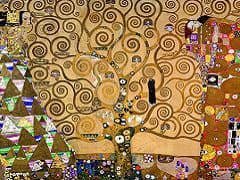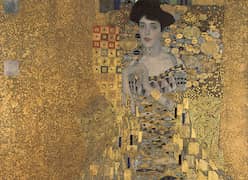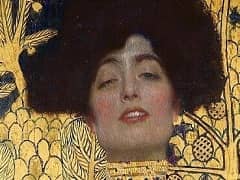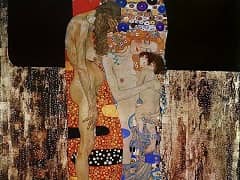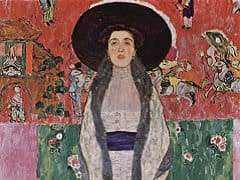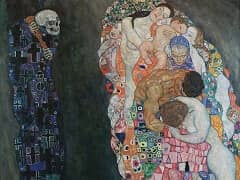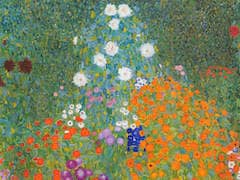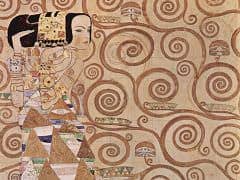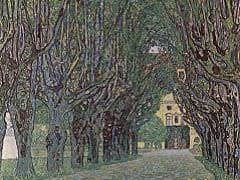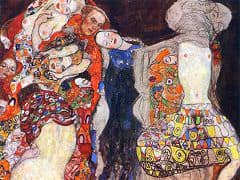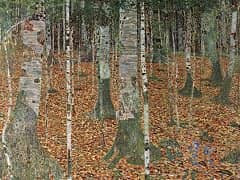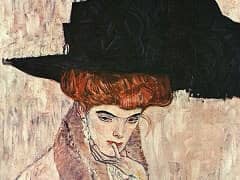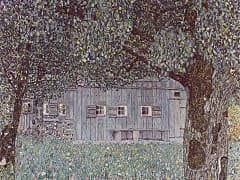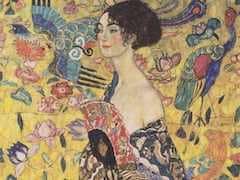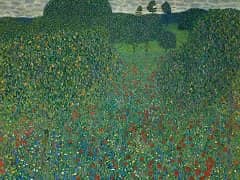Portrait of Margaret Stonborough Wittgenstein, 1905 by Gustav Klimt
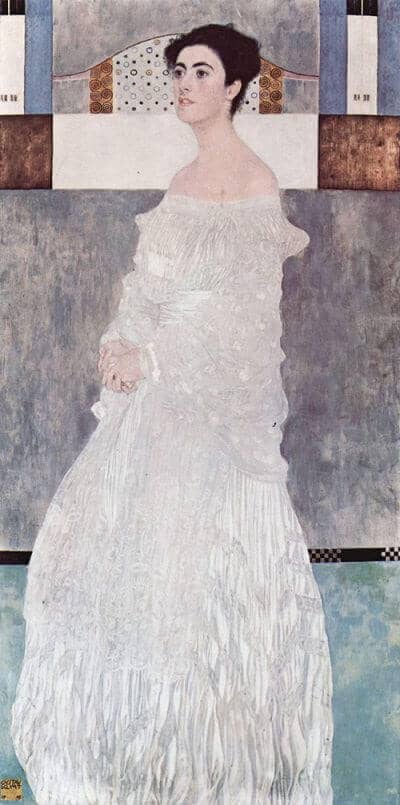
Margaret Stonborough-Wittgenstein was the daughter of the wealthy iron and mining magnate, Karl Wittgenstein. He was already one of Klimt's patrons, having bought Life is a Struggle.
He subsequently bought Water Snakes I and The Sunflower, among others. Karl Wittgenstein's family was very well connected, if a little
extraordinary: the three eldest children committed suicide, while the remainder went on to become famous. One of the surviving siblings was the philosopher, Ludwig Wittgenstein, who built a house for
Margaret; another, Paul, a pianist, lost his right arm in the First World War and inspired Maurice Ravel and Johann Strauss to write pieces for the left hand. Margaret herself was a society lady, and
she also played an important role in the Viennese art world, serving as president of the Vienna Arts and Crafts Society in the 1920s.
This portrait was commissioned by Karl on the occasion of his daughter's marriage. The formality of her pose is echoed by the architectural elements - inspired by Josef Hoffmann - in the background.
Like the Portrait of Serena Lederer and Portrait of Hermine Gallia, the subject wears a white dress. Klimt
clearly enjoyed using white on white to indicate the patterns and embroidery on the dress by the simplest of means.
The dark horizontal band at knee height and the geometric shapes at the top of the picture are later additions; Klimt was not satisfied with the original composition. However, despite these changes,
Margaret did not like the portrait and banished it to the attic of her summer house.


